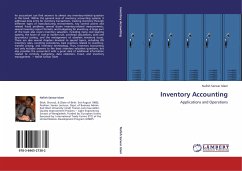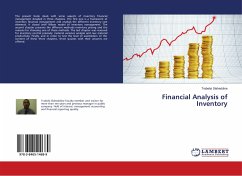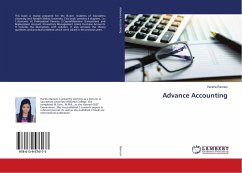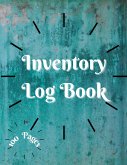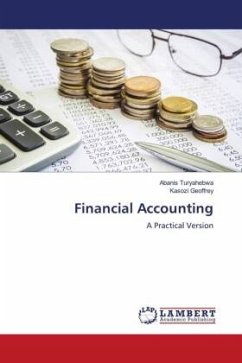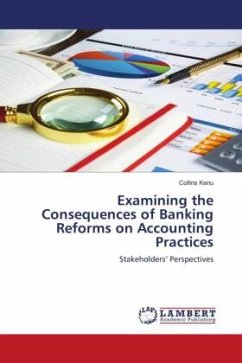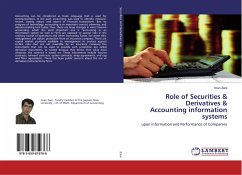he accountant can find answers to almost any inventory-related question in this book. Within the general area of inventory accounting systems, it addresses data entry for inventory transactions, tracking inventory through different types of manufacturing environments, key control points and related fraud problems, several dozen inventory-related measurements, several inventory report formats, and budgeting for inventory. A large part of the book also covers inventory valuation, including many cost layering systems, the lower of cost or market rule, overhead calculations, joint and by-product costing, and the management of obsolete inventory issues. There are also several chapters devoted to special topics, including IRS inventory rules, counting procedures, best practices related to inventory, transfer pricing, and inventory terminology. Thus, Inventory Accounting not only includes answers to the basic inventory valuation questions, but also provides the accountant with a great deal of additional information related to controls, budgeting, data collection, fraud, and inventory management. --- Nafish Sarwar Islam
Bitte wählen Sie Ihr Anliegen aus.
Rechnungen
Retourenschein anfordern
Bestellstatus
Storno

